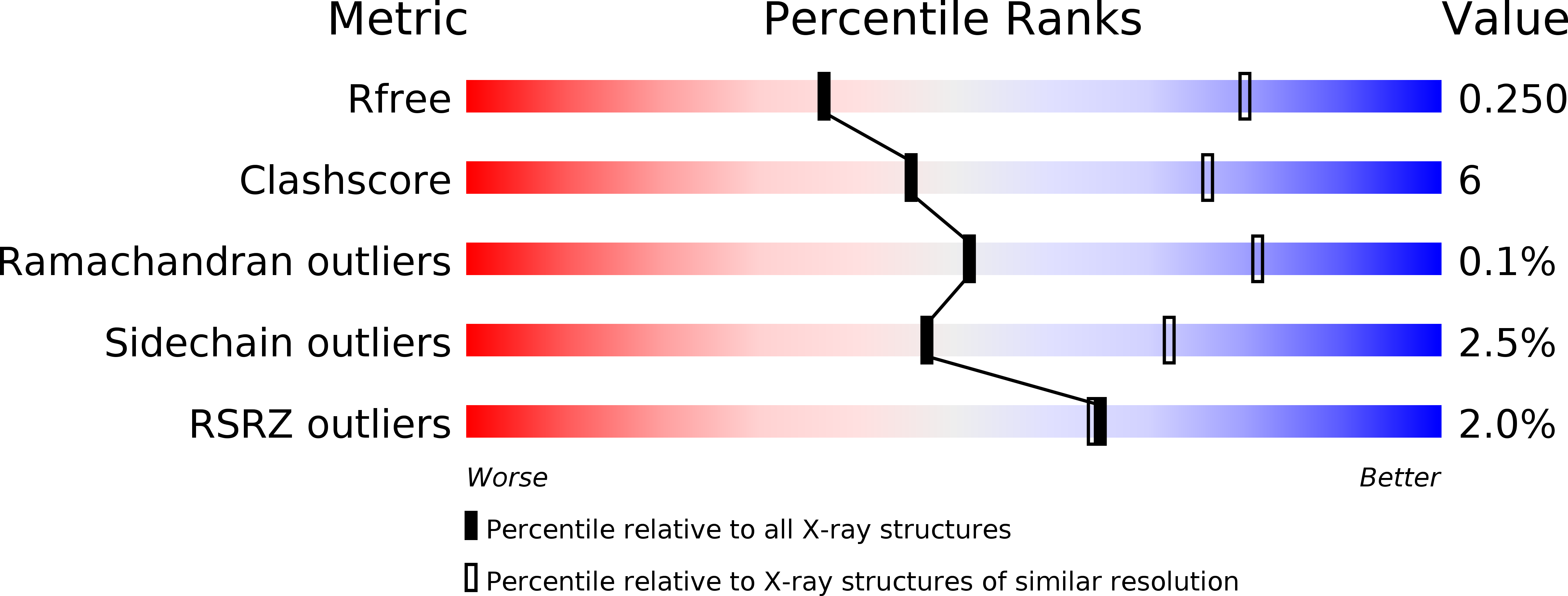
Deposition Date
2019-04-18
Release Date
2019-07-10
Last Version Date
2024-10-23
Entry Detail
PDB ID:
6OM3
Keywords:
Title:
Crystal structure of the Orc1 BAH domain in complex with a nucleosome core particle
Biological Source:
Source Organism:
Xenopus laevis (Taxon ID: 8355)
Saccharomyces cerevisiae (strain ATCC 204508 / S288c) (Taxon ID: 559292)
synthetic construct (Taxon ID: 32630)
Saccharomyces cerevisiae (strain ATCC 204508 / S288c) (Taxon ID: 559292)
synthetic construct (Taxon ID: 32630)
Host Organism:
Method Details:
Experimental Method:
Resolution:
3.30 Å
R-Value Free:
0.24
R-Value Work:
0.21
R-Value Observed:
0.21
Space Group:
P 1 21 1


